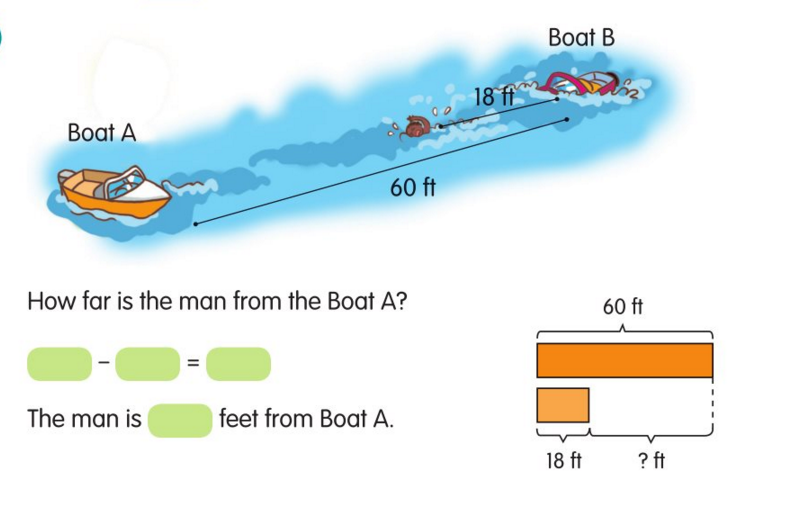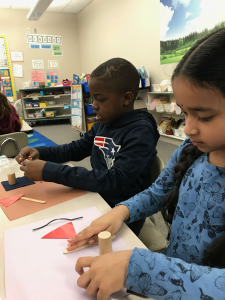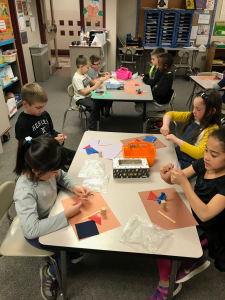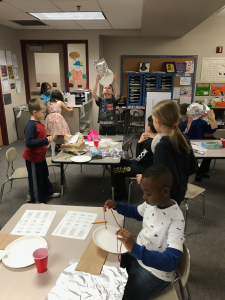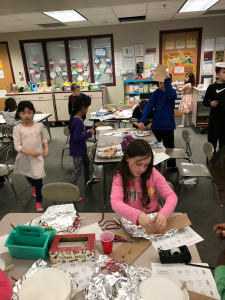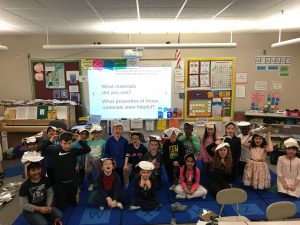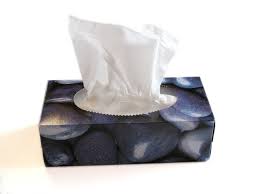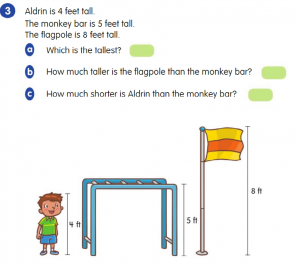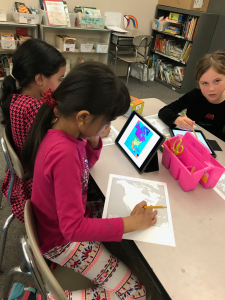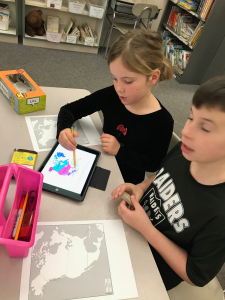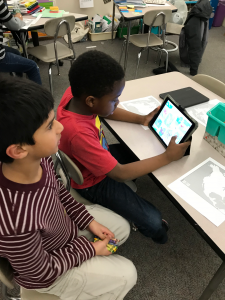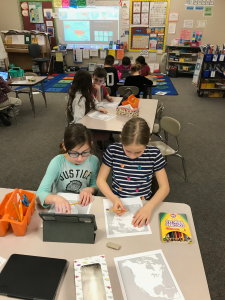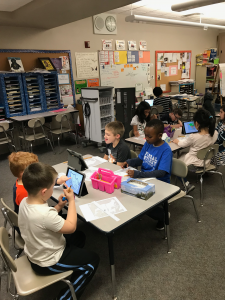Posted by kavery508 | Posted in Uncategorized | Posted on April 30, 2018
Floral Goes Green is coming! This renowned annual event focuses student work on the environment, locally and globally, culminating in a day of exposition on Friday, May 25. This year’s theme is “Consider Plastics.” Our class is pairing up with the Richard grade two classroom. Students will read, analyze, write pieces on both the value and the environmental impact of plastics. We will then put our knowledge of the properties of solids to use, engineering games that will repurpose plastics brought in from home. The students’ work and games will be placed in the gym as an interactive display for schoolmates to explore on the 25th.
Therefore, we’re putting the call out now for plastics you can send in with your child. Ideas include (but are not limited to): Clean plastic bottles, any size; old/broken tubs, mats, trays, plastic balls; pvc piping/caps.
Please only send in what your child can carry/fit on the bus. We’re collecting donations until Friday, May 17. Thanks!
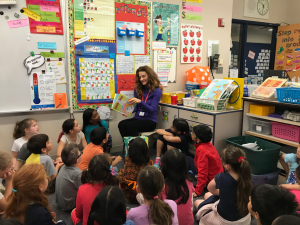 What a treat! Last week, students were invited to meet children’s book author Anita Sax. Ms. Sax read two of her books to a highly engaged audience. She then spent time explaining the author’s process from idea to published product, and stayed for a long round of apt questions from the audience! You can see more about her work at: https://www.anitasax.com/
What a treat! Last week, students were invited to meet children’s book author Anita Sax. Ms. Sax read two of her books to a highly engaged audience. She then spent time explaining the author’s process from idea to published product, and stayed for a long round of apt questions from the audience! You can see more about her work at: https://www.anitasax.com/
 This week we will learn common Themes from children’s literature (lessons like Believe in yourself; Always tell the truth; etc.) and apply them using fiction texts. Then we will learn to read closely and find evidence from the text to support our claims, and compare themes within and among texts. When your child uses a piece of fiction for reading homework, ask him/her to think about the themes that emerge over several pages or chapters of a book. Scholastic has some great ideas on finding themes in books, movies, and songs at home:http://www.scholastic.com/teachers/top_teaching/2011/02/helping-students-grasp-themes-in-literature
This week we will learn common Themes from children’s literature (lessons like Believe in yourself; Always tell the truth; etc.) and apply them using fiction texts. Then we will learn to read closely and find evidence from the text to support our claims, and compare themes within and among texts. When your child uses a piece of fiction for reading homework, ask him/her to think about the themes that emerge over several pages or chapters of a book. Scholastic has some great ideas on finding themes in books, movies, and songs at home:http://www.scholastic.com/teachers/top_teaching/2011/02/helping-students-grasp-themes-in-literature
 Our blogging work continues this week with students learning to navigate the virtual online space their blogs represent. They will learn how to upload selfies as avatars; how to customize a webpage/blog; and how to communicate appropriately in an online community with friendliness and respect by creating their first posts!
Our blogging work continues this week with students learning to navigate the virtual online space their blogs represent. They will learn how to upload selfies as avatars; how to customize a webpage/blog; and how to communicate appropriately in an online community with friendliness and respect by creating their first posts!
Our final lessons on telling time will focus on calculating time before or after (elapsed time). Notice the example above. Students have previously learned to tell time to the hour and half-hour, and now they are being stretched to apply that to new situations requiring a deeper understanding of time. In case your child struggles with this during homework, encourage them to try it with a toy clock or this online clock with movable hands (visnos.com):

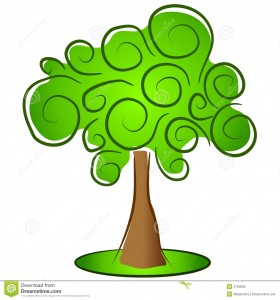
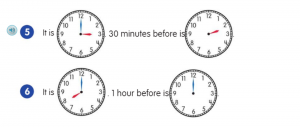
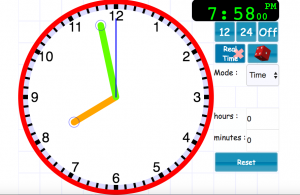
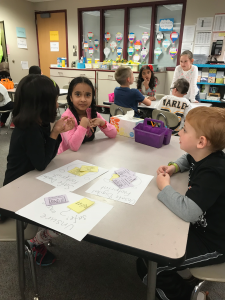
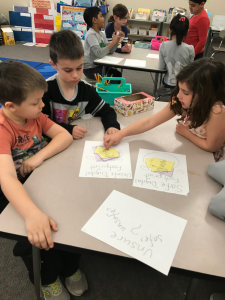
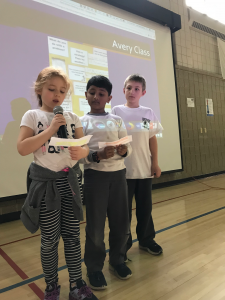

 This week we begin Chapter 14, which teaches kids to tell time to the 5 minutes on an analog clock; write the time in numbers or words; correctly identify AM and PM; and solve problems involving elapsed time (minutes or hours later/before). Check out the graphic above: students are being taught to identify time using the hour and minute hands; to tell minutes of any hour by counting “5s” around the clock; and to use those skills to calculate time elapsed. Here is a link to a great online clock from
This week we begin Chapter 14, which teaches kids to tell time to the 5 minutes on an analog clock; write the time in numbers or words; correctly identify AM and PM; and solve problems involving elapsed time (minutes or hours later/before). Check out the graphic above: students are being taught to identify time using the hour and minute hands; to tell minutes of any hour by counting “5s” around the clock; and to use those skills to calculate time elapsed. Here is a link to a great online clock from 
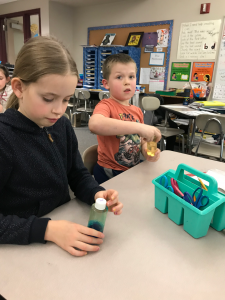
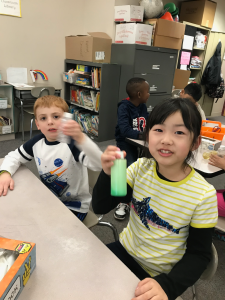
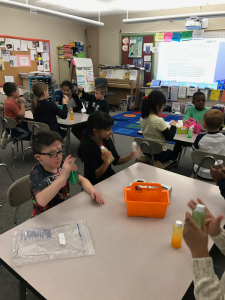
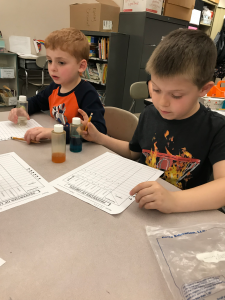
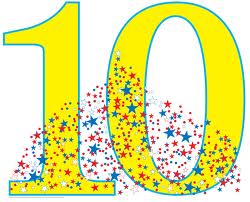
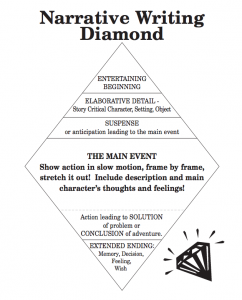
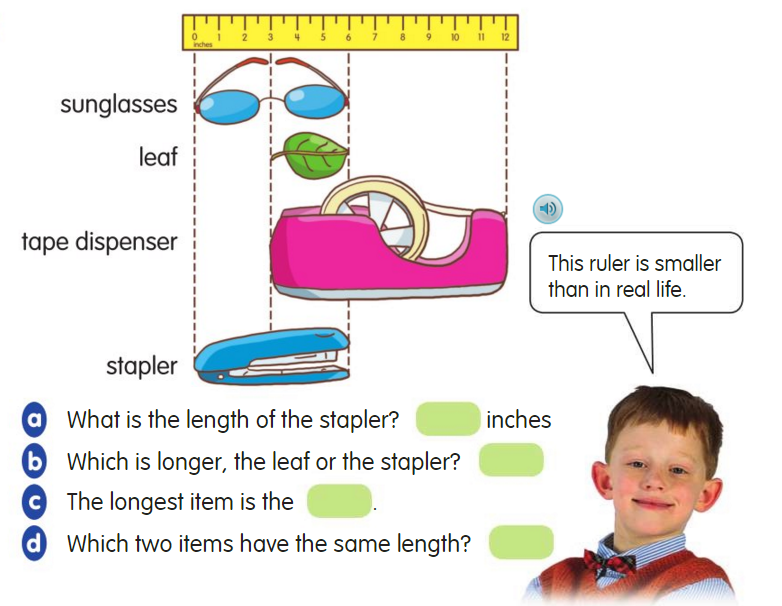 In math this week, students will further their understanding of measurement by learning to develop a sense of how big inches are and applying that knowledge through estimating and actual measuring. Consider the picture above from the student eBook: notice how it pushes kids to understand how big inches are; how many inches long common objects are; and to apply those ideas by comparing lengths. The last big idea is to solve real word problems involving length, height, and distance. At this time of year, kids should be able to model such problems through bar models and/or parts-and-total frames.
In math this week, students will further their understanding of measurement by learning to develop a sense of how big inches are and applying that knowledge through estimating and actual measuring. Consider the picture above from the student eBook: notice how it pushes kids to understand how big inches are; how many inches long common objects are; and to apply those ideas by comparing lengths. The last big idea is to solve real word problems involving length, height, and distance. At this time of year, kids should be able to model such problems through bar models and/or parts-and-total frames.